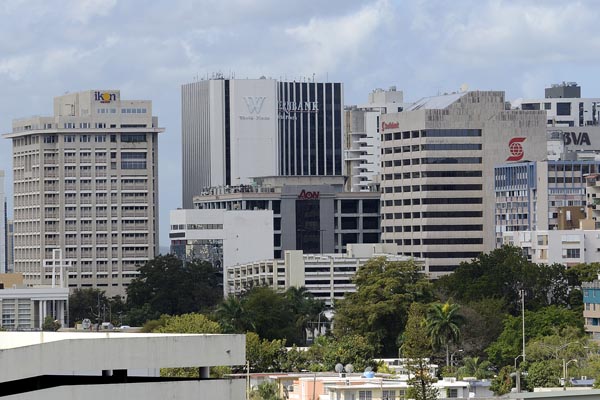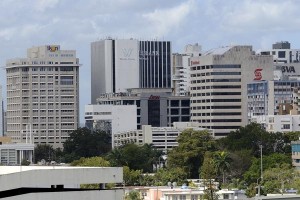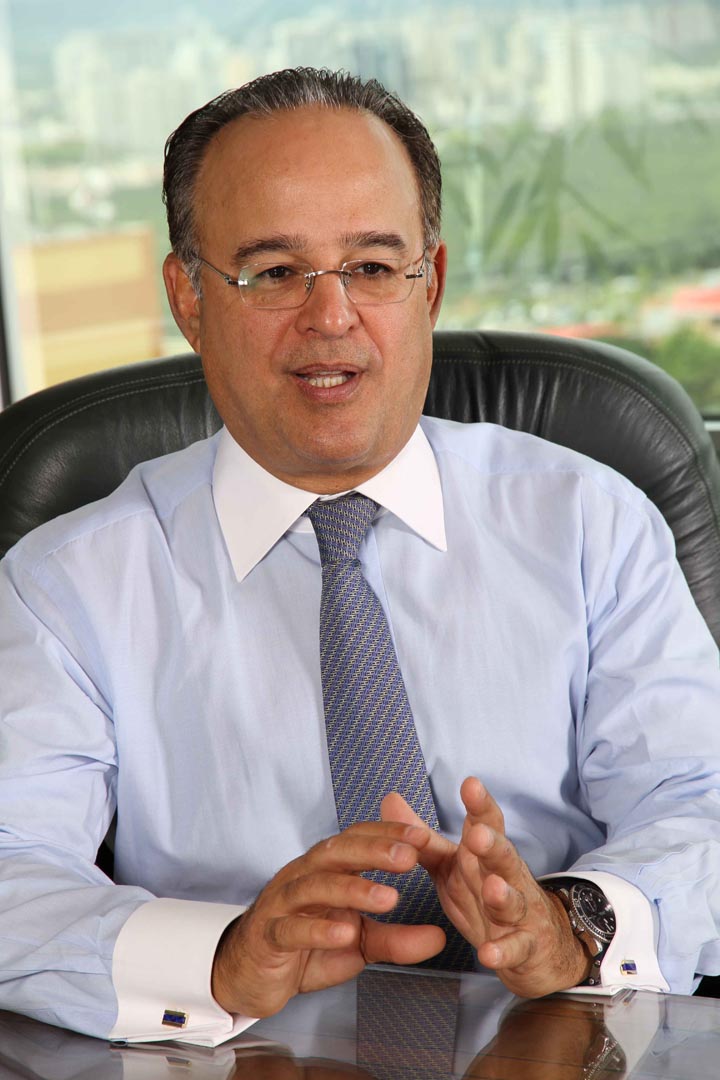Analyst: P.R.’s bank deposit shortage stunting loan activity


Even after excluding brokered deposits, Puerto Rico’s banks still rely on a significant amount of time deposits for their funding than their stateside counterparts. (Credit: © Mauricio Pascual)
Puerto Rico’s banking sector is not generating enough deposit activity to fund loan demand, which makes it very competitive and leads to higher deposit costs when compared to the mainland U.S.
So said industry analyst Joe Gladue, of the B. Riley research firm, in a recently released report in which he also predicted such market conditions will not change anytime soon.
“We expect Puerto Rico to remain a deposit short, high funding cost market for the foreseeable future. While there may indeed be additional consolidation in the market, we do not believe that this will have a material impact on the availability of deposits or their cost,” he said.
Data provided by the Financial Institutions Commissioner’s Office shows that for the first quarter of this year, local banks had $39.1 million in local deposits — which rely less on financial tools such as CDs — and $27.4 million in core deposits. The market leader, Banco Popular, commands about 45 percent of all deposits, the numbers from the agency known as OFIC showed.
“With its extensive branch network and its reach into almost every aspect of the financial market on the island, we believe that Popular will remain in the best position to gather local, core deposits on the island,” Gladue said.
Meanwhile, he noted that even after excluding brokered deposits, Puerto Rico’s banks still rely on a significant amount of time deposits for their funding than their stateside counterparts. To a large extent, this has been due to the difficulty generating core deposits locally, he said.
While the average U.S. bank had a loans-to-deposit ratio of roughly 80.1 percent as of the end of the first quarter in March, Puerto Rico’s banks had a ratio of 125.7 percent, excluding brokered deposits, according to the OCIF’s data.
“Even with brokered deposits included, Puerto Rico’s loans/deposits ratio falls to only 99.3 percent, far above the U.S. average,” said Gladue.
In his analysis, Gladue took a look back at the performance of island banks before Puerto Rico’s self-inflicted recession started, noting among other things that in 2004 and 2005, the average local bank already had more than 35 percent of its assets tied up in securities portfolios, exceeding the levels for the average U.S. bank by more than 17.0 percent.
“As interest rates have declined in recent years and several Puerto Rico banks have engaged in significant deleveraging, the proportion of assets held in securities on the island has declined significantly and is now even lower than the average U.S. bank,” he noted.
And while loans made up a smaller percentage of assets for Puerto Rico’s banks for most of the recent past, this changed as the securities portfolios shrank, he said. Last year, loans grew to 66.7 percent of average local assets, versus 61 percent for the average U.S. bank.
“This marked the first time in recent memory that loans made up a bigger percentage of assets in Puerto Rico compared to the U.S.,” he said. “The difference grew wider in 1Q12, with loans/average assets 9.3 percent greater in Puerto Rico than in the U.S.”








